Within the many appliances that are useful to have in any home kitchen to this day, microwaves must be the number one hitting that list and making our lives better since their invention in 1946. It goes without saying that appliances such as this one are a must nowadays if we want fast meals done or reheated in no time, instead of firing up an oven, we just pop the meal in, let the device do its thing and food is ready. Easier than that is almost nothing, which is why microwaves are now a staple for every American kitchen.
However, as great as they are, they function and serve through electricity, and like many and most technological appliances invented so far, are prone to show some faults or malfunction over time. This in turn might at some point cause an issue within your home electrical circuit and if the microwave keeps tripping breaker after breaker in your home installation, it will get cumbersome to use.
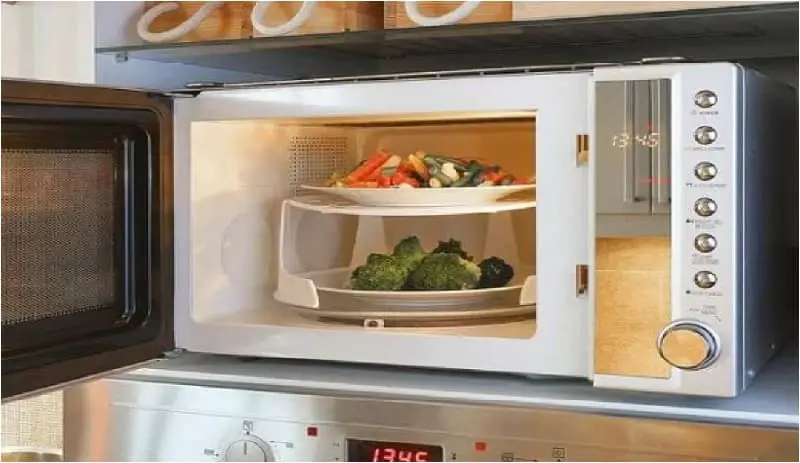
These appliances use substantial amounts of power to work properly and heat your concoctions, for this same reason, if your microwave keeps tripping breaker on breaker, the cause may be anything from the breaker installation itself to something going on inside the microwave’s manufactory. We will take a look at how to identify and possibly fix any issues that lead to your microwave tripping your home breakers.
Before we move any further, beware that with any electrical appliances, some electrical knowledge is best when handling the device and to safeguard yourself should be the primal objective in any check-up. If professional help is needed, do not attempt to make any repairs on your own as you might damage the item further.
Safety tips.
As previously stated, safety should be your number one priority when performing any checks on either the breakers or your microwave unit to avoid major injuries or further damages to your electrical installation or the device. A safety approach is key when taking apart devices such as these that produce huge amounts of electrical discharges.
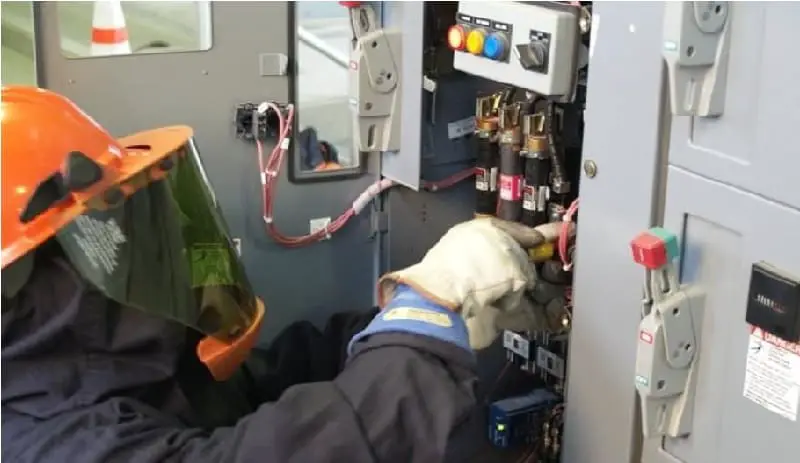
Since the appliance will store electricity in the capacitor, and the voltages from the magnetron, transformer or capacitor itself will be too high for a multimeter to cope with if you use one to test these parts, we recommend letting it discharge completely before taking the unit apart if you must do so, about a day or so should suffice.
Equip yourself with safety, electrically insulated gloves and keep the unit unplugged from discharge to well after any repairs have been performed. After opening up and taking the microwave apart, we highly suggest using a pair of insulated pliers to short circuit the capacitor. Always check with your manufacturer in case any warranty remains on your unit before performing any of these steps to avoid warranty voids.
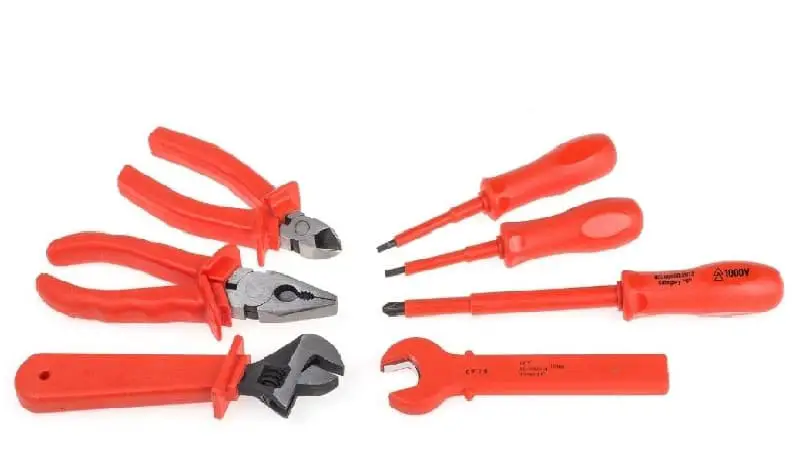
Sourcing the problem.
To first determine where the fault relays within your installation, there are a few steps you can perform with the unit to check what exactly seems to be causing the microwave to keep tripping the breaker. To check if the breaker is overloading, try plugging other appliances with a similar or equivalent power draw as the microwave instead of it and if the breaker trips as a result, that will be a good indication that the circuit is not handling the charge well and overloading in turn, meaning it might need to be replaced or deal with.
In case the breaker does not trip even when a different appliance is in use on its circuit, then the fault might be within the appliance itself and we need to proceed to troubleshoot it. Plugging the microwave to a different circuit breaker to test if it trips that breaker too is as good as any indicator that the issue could primarily be the microwave’s fuse or switches which might be damaged. For this, troubleshooting the fuse and switches will be the first step. Checking and replacing any faulty pieces will surely get the issue resolved.
Causes for the tripping within the microwave.
When a microwave keeps tripping breaker that is on a dedicated circuit, there are many possible culprits that might be prompting this to happen. The above mentioned fuse and switches are the initial places to check. For instance, if the most noticeable way that your microwave trips the breaker is when opening the microwave door, then we move on to check the door switches or latch. Any imperfection like a broken door safety latch or a fault in any of the switches for the door can make your circuit trip.
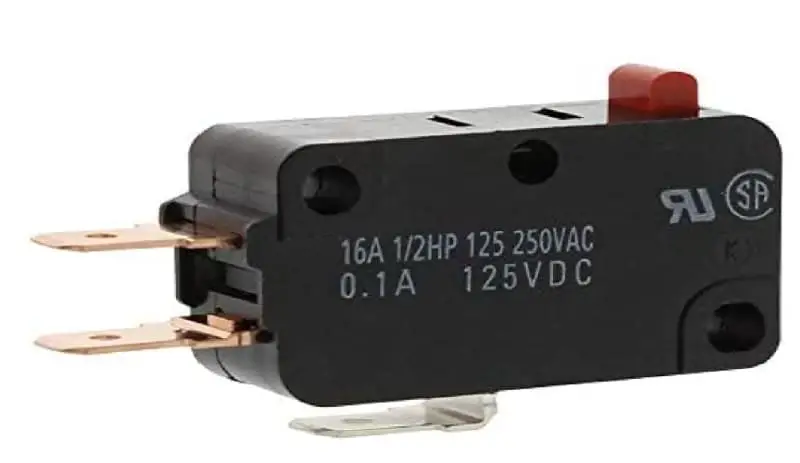
Before opening up the microwave casing, check if any of the latches and hooks that compose the interlock switch on the door (next to the timer and monitor) are not damaged or broken. If none are, arm yourself with a multimeter and check the continuity of both switches to troubleshoot the electrical flow to the door. Setting your tool to ohmmeter mode, test all of the switch terminals with the door open and with it closed to get a reading, you should get continuity with your door closed and none with it open. A different result will indicate that a replacement of the switch is due.
On the other hand, if the microwave keeps tripping breaker when running or just starting up, then the cause may vary to a couple of factors that fortunately can be tested too. The first of these factors is a faulty turntable motor. This component is what allows the dishes to get evenly heated and if by any chance it gets moisture in itself, resulting from liquid not cleaned properly from the appliance, moisture will seep into the motor and damage it.
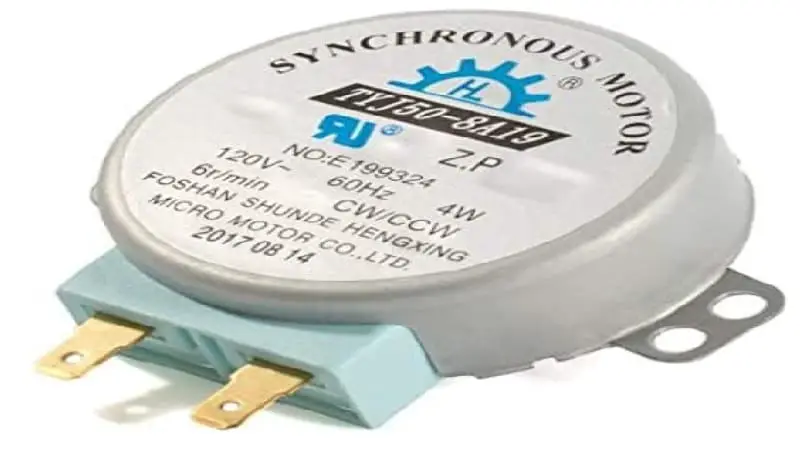
Testing the turntable motor terminals in the same manner we tested the door switches will tell us if it might need replacing. When testing the turntable monitor, make sure to discharge the capacitor and disconnect all connectors, while looking for a reading of six to eleven ohms when using the multimeter.
If you, by chance, noticed a loud noise when using the appliance and then the circuit tripped, the fault might be within the capacitor. Testing the capacitor needs additional safety steps so be sure to reread our safety tips and follow accordingly. After opening up the casing, make sure the appliance is completely unplugged from any electrical source and discharge the capacitor with the help of an electrically insulated tool. Then, after disconnecting all connectors, check the terminals with the multimeter for a reading, if a significant one is not obtained the piece must be replaced.
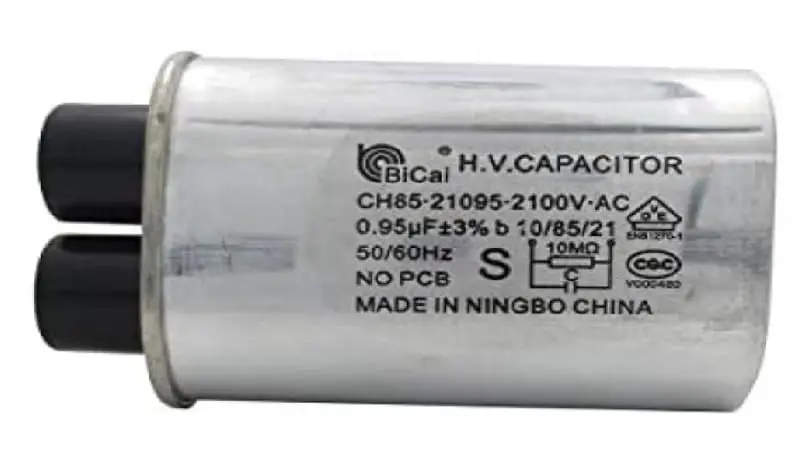
After testing for these main sources, some other parts might be the ones behind the tripping. Some of these worth checking too are the magnetron, for any electrical leaks; any short circuit coming from the high voltage diode, a faulty transformer, or a jammed timer. By properly applying these troubleshooting techniques, you most likely will save money and time, and prevent the damage from aggravating.

